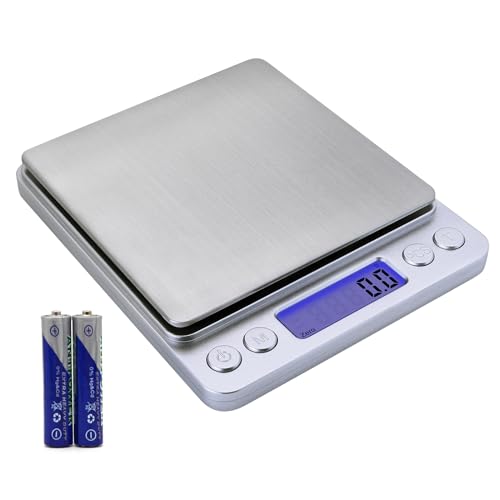That is exactly the problem, no they don't. You can easily get an artificially low reading from test strips, they DO NOT accurately tell you the pH of your soap. Beginners learning the trade need to learn how to tell their soaps are safe, absolutely, and the bottom line is that pH strips are NOT going to tell them that.
Please read the link to miller soap about test strips that dagmar posted above.
If you are determined to measure the pH of soap, you are going to have to dissolve some soap in water and use a high quality and accurately calibrated pH meter, but again that will not tell you what you need to know. It is possible for a soap w a pH of 9 to be more harsh than one with a pH of 10, so again, pH really does not help.











































